OVERVIEW
The feed flavors & sweeteners market is projected to reach USD 2.7 billion by 2024, growing at a CAGR of 3.11% during the forecast period. The main factors expected to drive the feed flavors & sweeteners market are increasing demand for palatability-enhancing feed additives and increasing consumer awareness of quality meat products.
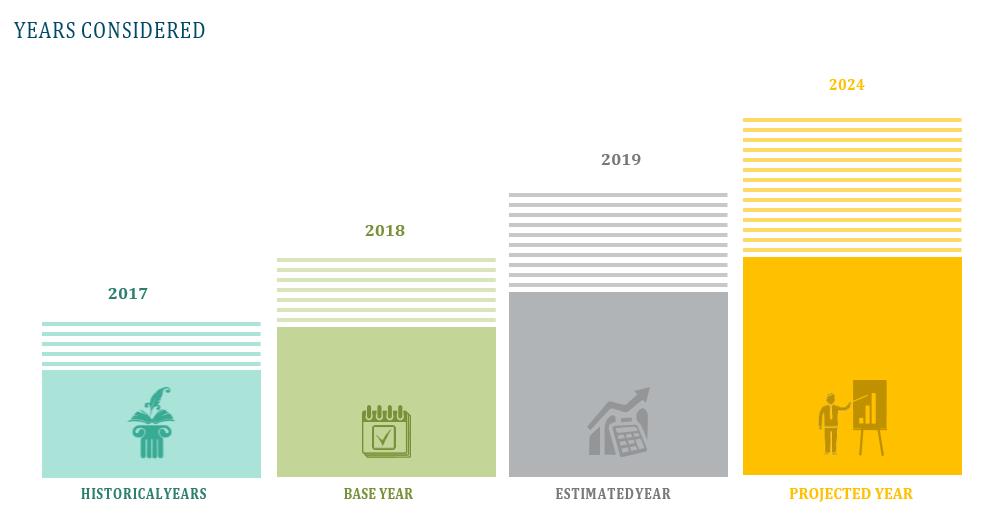


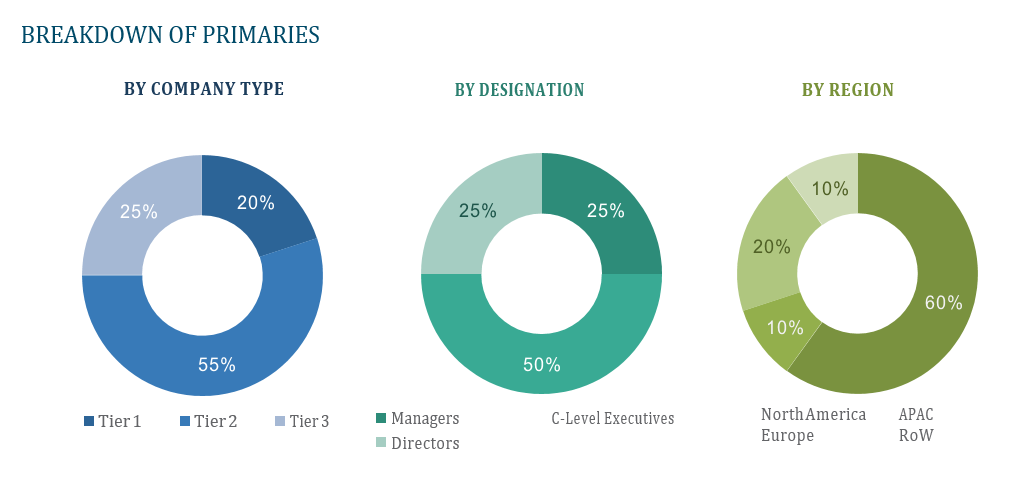
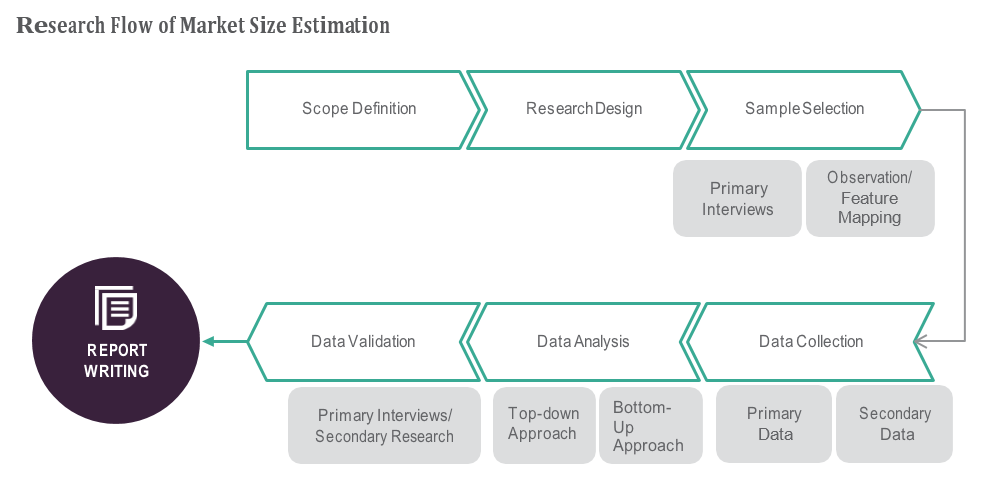

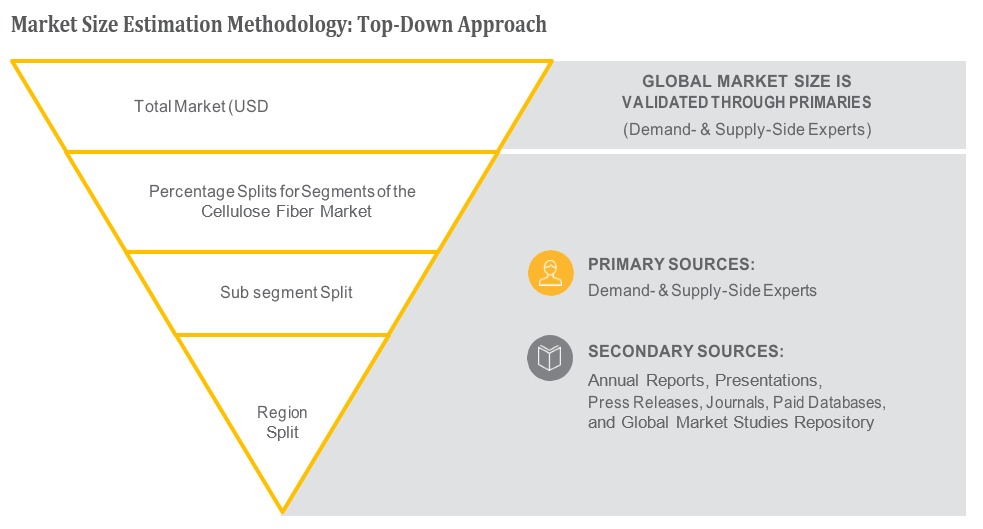
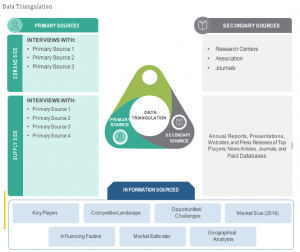
TABLE OF CONTENT
1 Global Feed Flavors and Sweeteners Market
1.1 Study Objectives
1.2 Market Definition
1.3 Study Scope
1.3.1 Markets Covered
1.3.2 Geographic Scope
2 RESEARCH METHODOLOGY
2.1 Research Data
2.1.1 Secondary Data
2.1.1.1 Key Data From Secondary Sources
2.1.2 Primary Data
2.1.2.1 Key Data From Primary Sources
2.1.2.2 Key Industry Insights
2.1.2.3 Breakdown of Primaries
2.2 Market Size Estimation
2.2.1 Bottom-Up Approach
2.2.2 Top-Down Approach
2.3 Market Breakdown and Data Triangulation
2.4 Research Assumptions
3 Global Feed Flavors and Sweeteners Market – Executive Summary
3.1 Market Revenue, Market Size and Key Trends by Company
3.2 Key Trends by type of Application
3.3 Key Trends segmented by Geography
4 Global Feed Flavors and Sweeteners Market – Comparative Analysis
4.1 Product Benchmarking – Top 10 companies
4.2 Top 5 Financials Analysis
4.3 Market Value split by Top 10 companies
4.4 Patent Analysis – Top 10 companies
4.5 Pricing Analysis
5 Global Feed Flavors and Sweeteners Market – Industry Market Entry Scenario
5.1 Regulatory Framework Overview
5.2 New Business and Ease of Doing business index
5.3 Case studies of successful ventures
5.4 Customer Analysis – Top 10 companies
6 Global Feed Flavors and Sweeteners Market – Market Forces
6.1 Introduction
6.2 Market Dynamics
6.2.1 Drivers
6.2.2 Opportunities
6.2.3 Challenges
6.3 Porters Analysis of Market
6.3.1 Bargaining power of suppliers
6.3.2 Bargaining powers of customers
6.3.3 Threat of new entrants
6.3.4 Rivalry among existing players
6.3.5 Threat of substitutes
7 Global Feed Flavors and Sweeteners Market – Strategic Analysis
7.1 Value Chain analysis
7.2 Product Life Cycle
7.3 Supplier and distributor analysis (Market share and product dealing strategies)
8 Global Feed Flavors and Sweeteners Market – By Type (Market Size – & million/billion)
8.1 Feed flavors
8.2 Feed sweeteners
9 Global Feed Flavors and Sweeteners Market – By Livestock
9.1 Ruminants
9.2 Swine
9.3 Poultry
9.4 Aquatic animals
9.5 Others
10 Global Feed Flavors and Sweeteners Market – By Source
10.1 Natural
10.2 Synthetic
11 Global Feed Flavors and Sweeteners Market – By Form
11.1 Dry
11.2 Liquid
12 Global Feed Flavors and Sweeteners Market – By Geography (Market Size – &million/billion)
12.1 Introduction
12.2 North America
12.2.1 US
12.2.2 Canada
12.2.3 Mexico
12.3 Europe
12.3.1 U.K
12.3.2 Germany
12.3.3 Italy
12.3.4 France
12.3.5 Spain
12.3.6 Rest of Europe
12.4 Asia-Pacific
12.4.1 China
12.4.2 Japan
12.4.3 India
12.4.4 South Korea
12.4.5 Rest of APAC
12.5 Rest of the World
12.5.1 South America
12.5.2 Middle East
12.5.3 Africa
13 Global Feed Flavors and Sweeteners Market – Entropy
13.1 New product launches
13.2 M&A’s, collaborations, JVs and partnerships
14 Global Feed Flavors and Sweeteners Market Company Profile (Key Players)
14.1 Market Share, Company Revenue, Products, M&A, Developments
14.2 Kerry Group
14.3 Grupo Ferrer Internacional
14.4 Norel
14.5 Prinova Group
14.6 Nutriad International Dendermonde
14.7 Kemin Industries
14.8 Solvay
14.9 Alltech
14.10 Biomin Holding
14.11 Pancosma
14.12 Company 11 & more
15 Global Feed Flavors and Sweeteners Market – Appendix
15.1 Sources
15.2 Abbreviations













